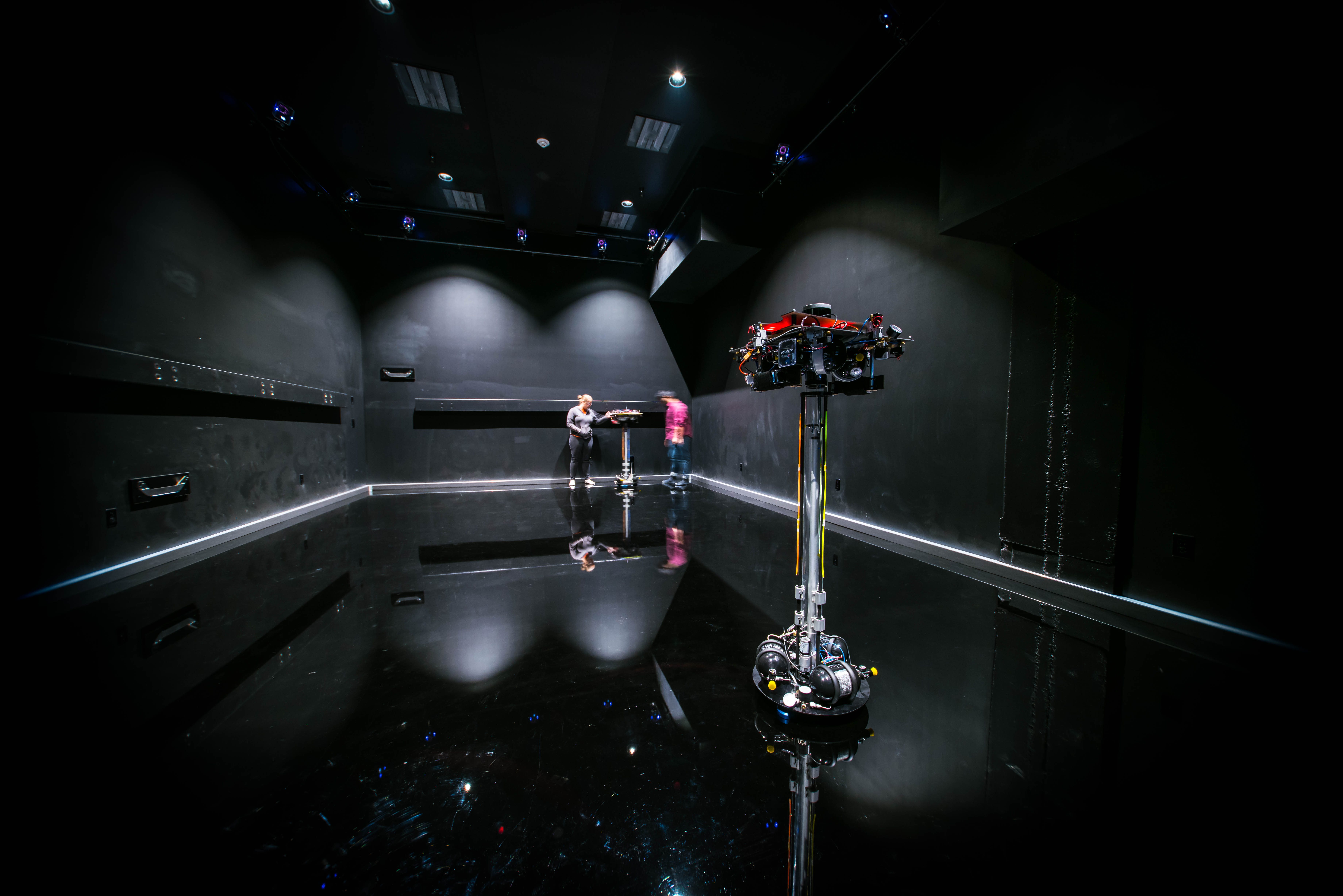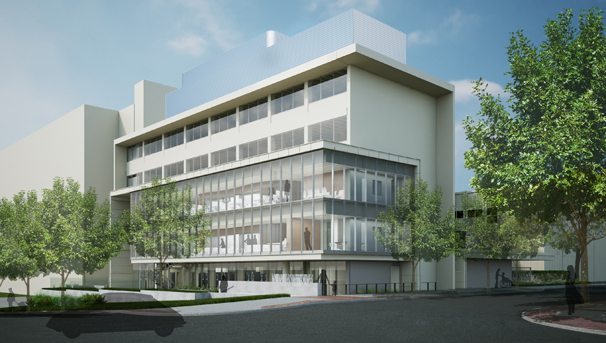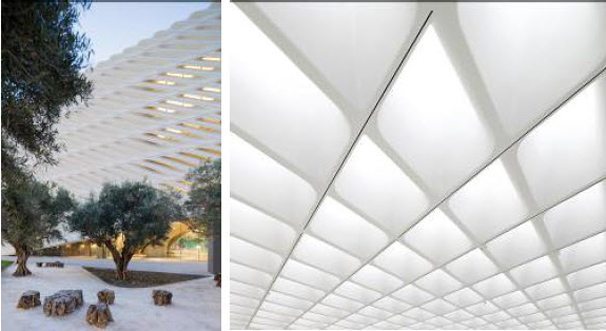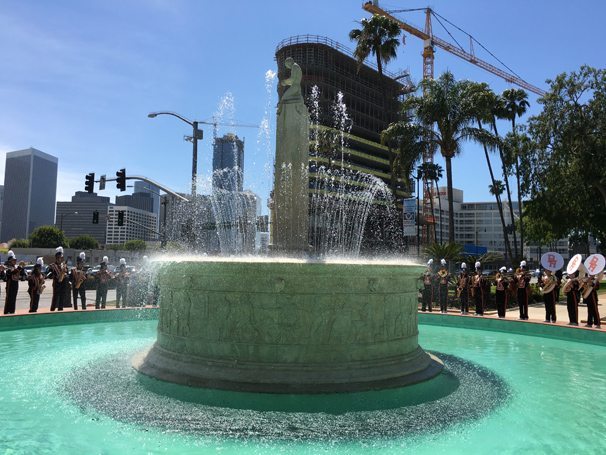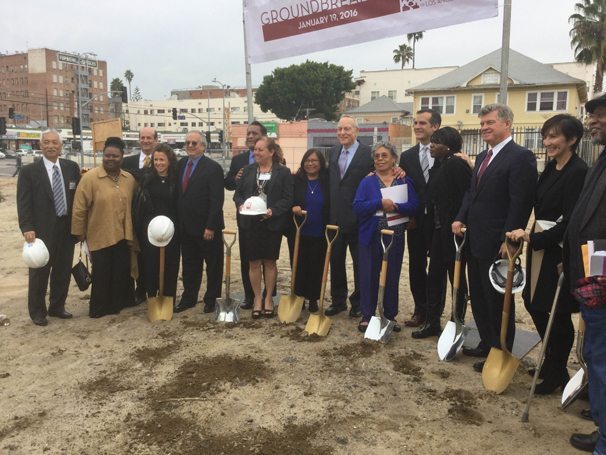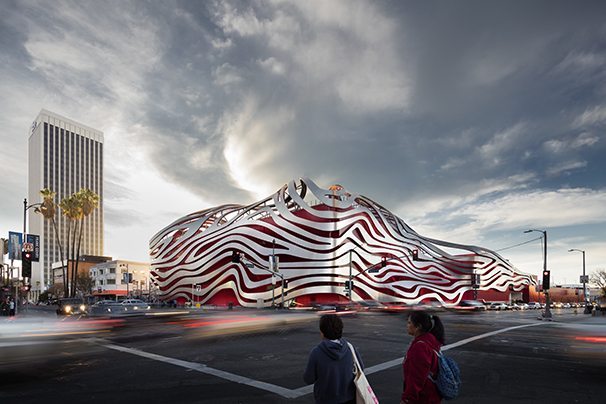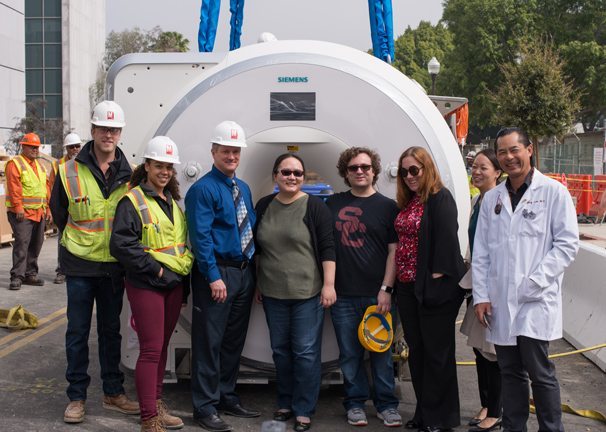
Location
Los Angeles
Owner
University of Southern California USC Capital Construction Development
Architect
Smith Group
Project Size
35,227 SF
ViewMRI Installation at USC Stevens Institute for Neuroimaging and Informatics
In this article from several months ago, we learned about MATT’s work with SmithGroup JJR architects on a seismic, MEP, and IT retrofit and interior renovation of USC’s Burrell O. Raulston Memorial Research (RMR) Building, which opened in 1952 as the first (and for 8 years the only) medical school structure on USC’s Health Sciences campus. The “new and improved” building is being customized to house the university’s new Mark and Mary Stevens Institute for Neuroimaging and Informatics (INI), and is scheduled to receive its TCO in May 2016. Led by the internationally renowned neuroscientist and informatician Dr. Arthur W. Toga, the INI staff numbers over 100 scientists, computer specialists and multidisciplinary technical and administrative personnel. INI’s goal is to use brain imaging techniques and informatics to study and develop effective treatments for Alzheimer’s disease, schizophrenia, autism and a variety of other brain dysfunctions; as well as to understand the brain’s normal development and functions. A large part of INI’s effort is to establish a way to make the enormous amount of neurological data, which has been collected more or less piecemeal for decades around the world, both accessible and useable for researchers wherever they may be working—a goal that promises to greatly accelerate research and, hopefully, positive results. The problems the INI scientists are tackling are critical—to individuals, families and even national economies: commenting on one of INI’s major research topics, Dr. Toga has observed that “Today in the United States, we spend $250 billion to $260 billion dollars a year to take care of Alzheimer’s patients. By 2050, we will spend over $1 trillion a year… If we don’t solve this problem, it will not only bankrupt our families financially and emotionally, it will bankrupt this country.”
This is a section title
To help INI’s talented staff solve the puzzle of Alzheimer’s and other neurological mysteries, the new 35,000 sf facility encompasses imaging and ancillary equipment, laboratories, workspaces and offices, a super computer suite, and a “Digital Immersive Viewing Environment” (DIVE) presentation theatre, where scientists can display super high resolution brain imagery on a giant, curved LED screen comprising a system of LED modules.
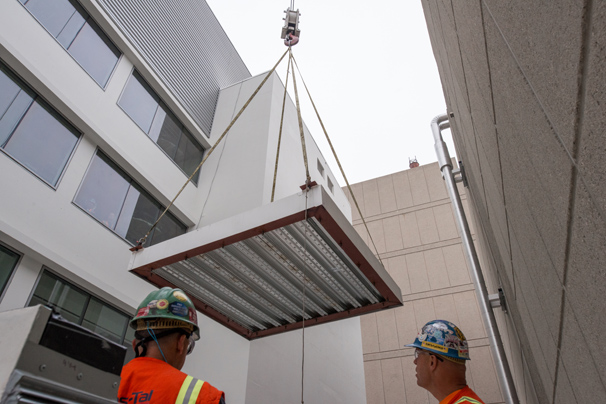
A planned part of the project—also nearing completion—is the construction of an adjoining one-story MRI facility called the Center for Image Acquisition (CIA). Here, scientists will perform magnetic resonance imaging studies, for both clinical and research purposes, of neurodegenerative diseases and psychiatric disorders, as well as brain development, normal structure and function. Ultimately, the CIA will house 2 Siemens MRI systems, the first of which, a 13-ton, 3-Tesla MAGNETOM Prisma, has already been delivered for installation by Siemens technicians. The second, a 7-Tesla MAGNETOM Terra, is an investigational device still in development by the manufacturer; when it arrives sometime within the next year, it will be the first of its kind to be used in the U.S. Both MRI scanners represent the leading edge for advanced neuroimaging. It will be a very high-tech facility to be sure, but to keep it user-friendly, SmithGroupJJR designed the CIA with its own semi-private entrance and a small, relaxing garden just for patients and families.
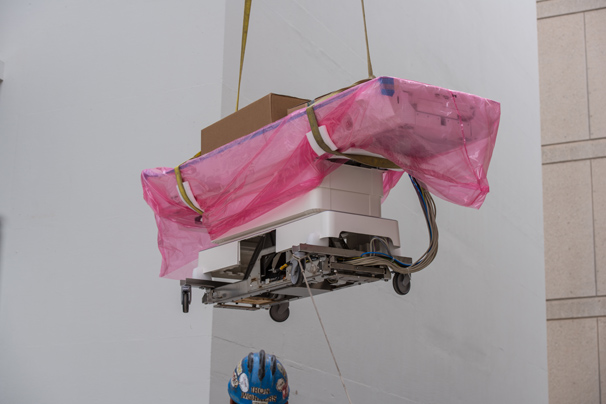
As with everything MATT has built for the INI, construction of the new MRI facility required a highly specialized design with many built-in safeguards, all thoughtfully developed by the science and technology facility specialists at SmithGroupJJR. A central concern has been to ensure adequate shielding to protect patients, researchers and others from the intense magnetic fields: MRIs utilize magnets strong enough to move (or even remove) metal implants from people’s bodies, such as pacemakers or orthopedic pins, or fragments such as shrapnel; they can even suddenly attract such large external objects as oxygen tanks (which, incidentally, should not be present during an MRI). To provide maximum protection for patients and staff, SmithGroupJJR brought in specialists from ETS Lindgren, a well-known innovator of systems and components for the detection, measurement and management of electromagnetic, magnetic, and acoustic energy.
The resulting scanner spaces are built like nesting shoeboxes: the outermost “box” incorporates a silicon steel shield; the center “box” is made of copper (which is non-magnetic); and the innermost “box” is the interior architectural room—made, of course, of all non-magnetic materials. As an additional safeguard, the entries include metal detectors to ensure nothing magnetic or ferrous enters the room. To maintain the equipment at the proper operating temperature and power levels, the facility utilizes its own specialized HVAC equipment, dedicated chillers, and its own electrical panel and circuitry.
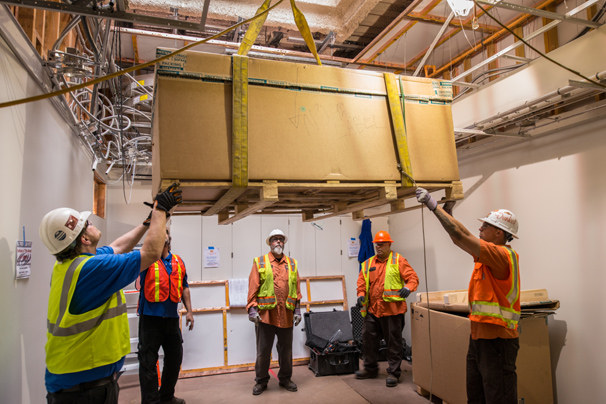
As we wrap up the renovation and upgrade of the Raulston Memorial Research Building, the creation of the Mark and Mary Stevens Institute for Neuroimaging and Informatics, and the new Center for Image Acquisition, MATT Construction feels privileged to have played a role in bringing to life this unique facility that will enable INI’s team of gifted scientists to lead the way toward the understanding and treatment of some of the most devastating diseases known to mankind.


